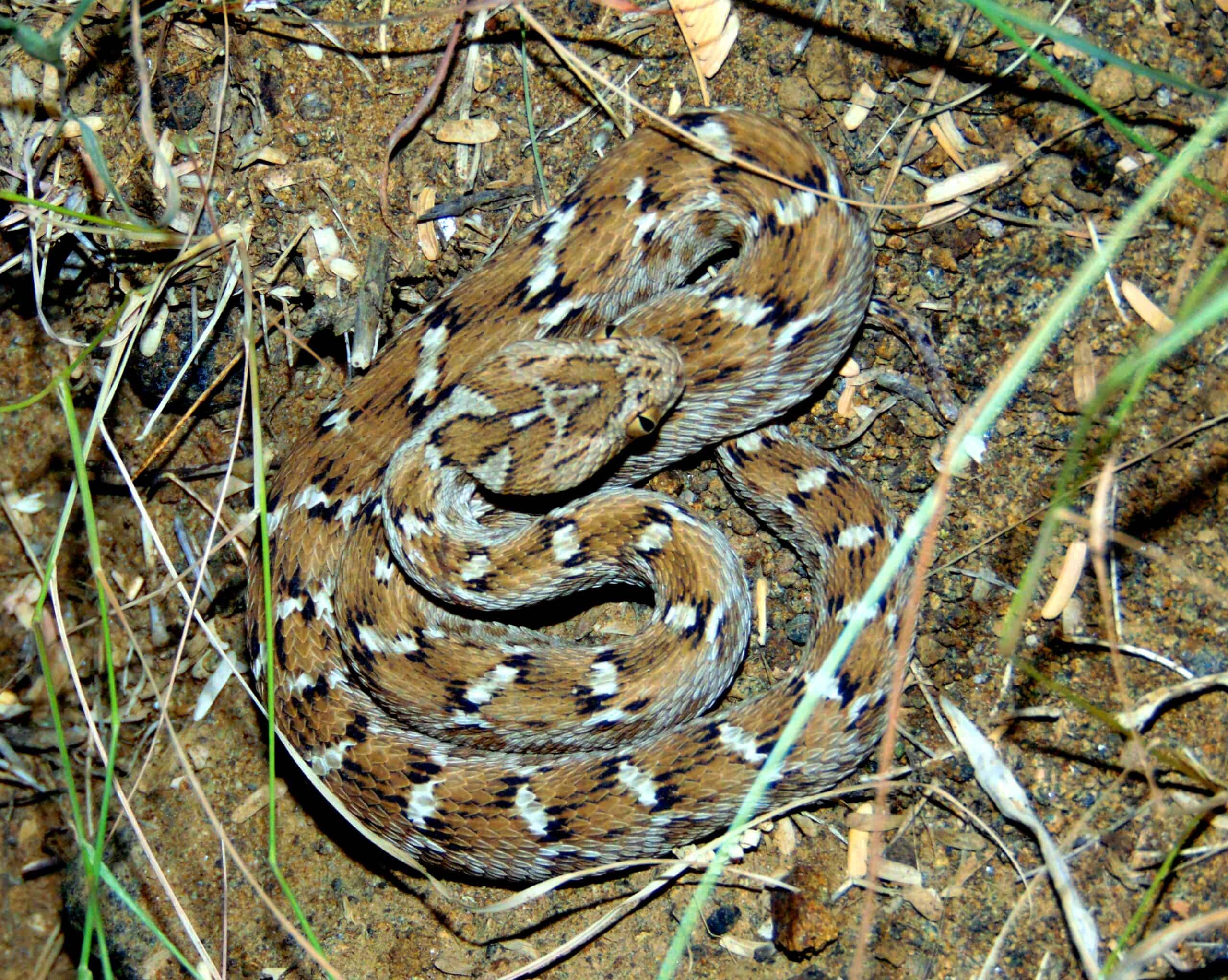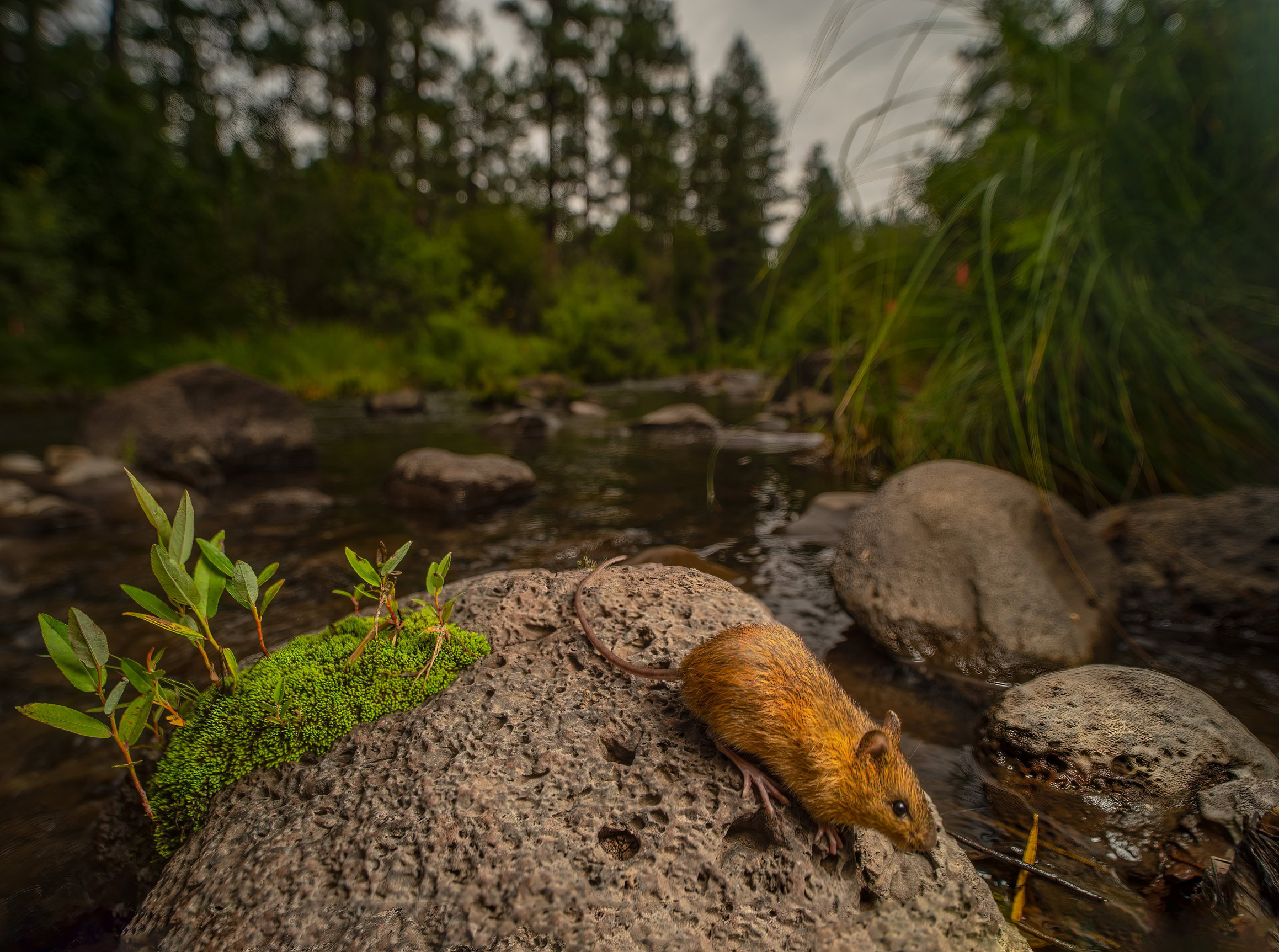Share this article
Invasive turtles impact western pond turtles
When Teenage Mutant Ninja Turtles became popular, tons of people wanted red-eared sliders, the species they were based off of, as pets.
But after a few years, the turtles got larger, meaner, and smellier, and people took them outside and let them go. Other people bought them super cheaply, and some even used them in a Buddhist tradition where they release them to accrue karma.
But now, the sliders are globally invasive, from the U.S, to Europe, to eastern Asia to New Zealand. Researchers wanted to find out if the invasive species was impacting western pond turtles, a species found from Mexico to British Columbia that’s currently under review for listing under the Endangered Species Act.
In a study published in PeerJ, researchers trapped and studied both red-eared sliders and western pond turtles in the University of California, Davis’s Arboretum waterway.
They wanted to see if removing red-eared sliders (Trachemys scripta elegans) would have an impact on the western pond turtles (Actinemys marmorata). The questions they were asking were, “Are the western pond turtles increasing body condition and habitat use a year after we removed sliders and are they changing their habitat use?” said Max Lambert, a postdoctoral fellow at UC Berkeley and a co-lead author on the study.
They used standard turtle trapping methods, using funnels baited with sardines and placing them in the water, but many of the turtles wouldn’t go into the trap. So instead, the researchers jumped into the water with dip nets to catch and remove the sliders.
As they trapped, they also took body mass and length measurements of western pond turtles and looked at any habitat changes across the arboretum.
The team found that with the removal of the invasive species, the western pond turtles were getting much bigger, gaining around 40 grams on average, around a 5-15% increase in their body weight.
Their habitat use also changed. Instead of being clustered in one spot, after the red-eared slider removal, western pond turtles were evenly distributed across the waterway. Even the red-eared sliders benefited when there were fewer of their species around and were able to concentrate in the habitat they preferred. “There were so many invasive red-eared sliders, they were not only impacting western pond turtles, but impacting themselves as well,” Lambert said.
Lambert said with so many sliders, western pond turtles were probably just not getting enough food prior to their removal. It’s also possible that the sliders are more aggressive when it comes to food.
While the invasive species removal benefited the western pond turtles, Lambert said this management tool comes at a high cost and requires a lot of work and time.
He also said it’s important to consider some of the other reasons for western pond turtle decline aside from the competition from sliders, including road collisions, predation, fewer places to lay their eggs in urban areas, and other human-caused problems.
Lambert hopes to continue untangling the problem of whether it’s sliders that are causing the biggest problems for western pond turtles or some of these other big problems on the landscape, or if it’s interactive effects. But, he said, stopping the release of red-eared slider pets is a good place to start.
“I hope we can start a conversation about banning aquatic turtles, both for their own welfare and for the conservation of other species.”
Header Image: A western pond turtle, left, shares habitat with a red-eared slider, right. ©Robin D. López








